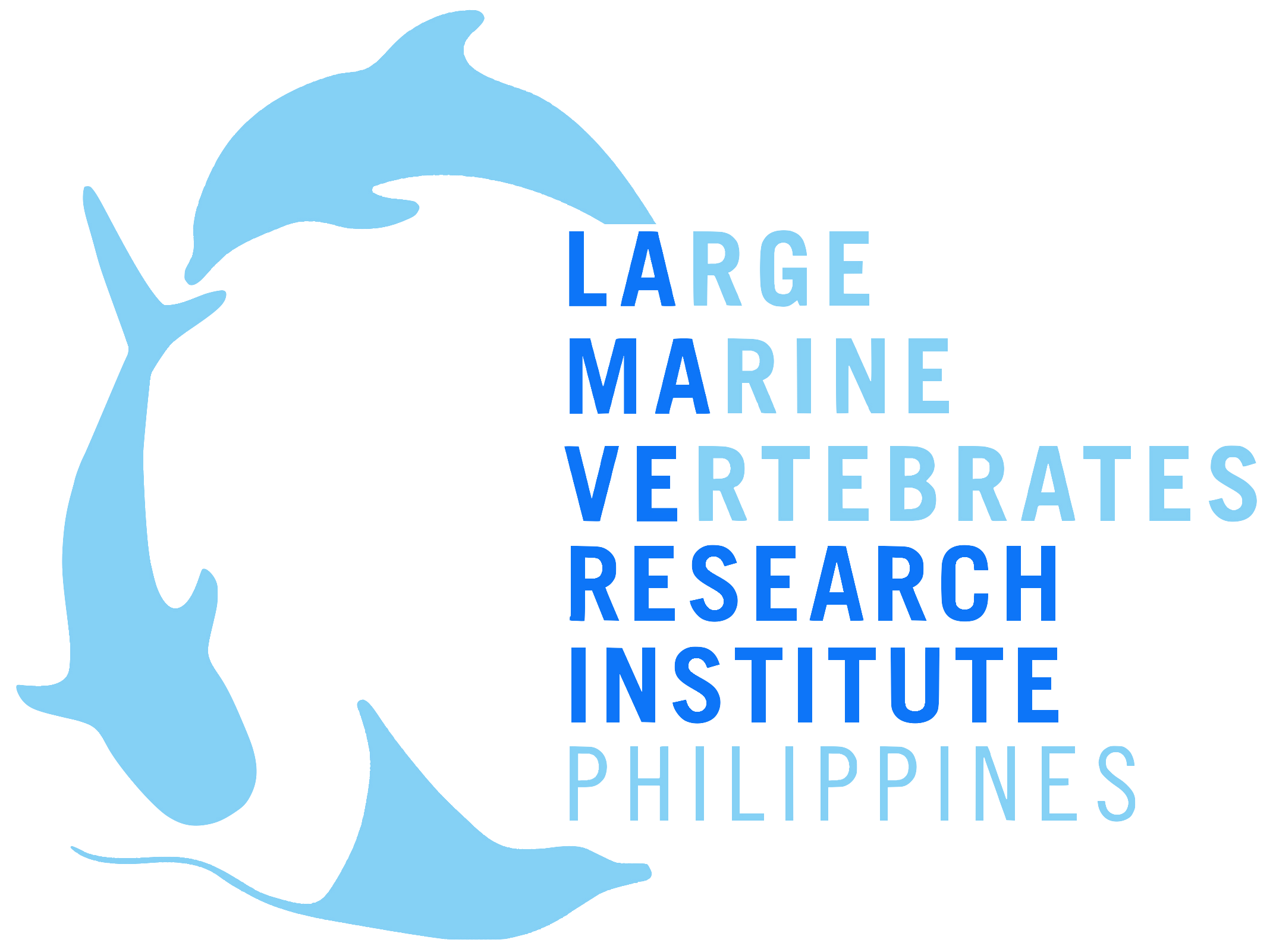VOLUNTEER BLOG
Crossing the Sulu Sea to the Island of “You will enjoy”
By Charlie Staniforth - Endsor
The next stage of the BRUV project for the LAMAVE team was to survey a small group of islands in the center of the Sulu Sea under the Cagayancillo municipality. The islands consist of Cagayancillo, where we are based and the largest of the three, Calusa and Cawilli.
Surveys went well in Cagayancillo and we managed to survey up the coast of the two main islands as well as the offshore reefs that form a significant part of this area. Having made a solid dent in the number of surveys we need for Cagayancillo we headed to the small island of Calusa – home to a few hundred people, two of which kindly put us up in their backyard so we could survey for a few days. The marine topography of Calusa was incredibly dramatic. Shallow reef occupied the first 5 meters of water, before spectacular walls collapsed into over 100 meters of water, making for incredibly difficult survey conditions, not helped by the rather fast-changing weather – on one occasion we had to call of afternoon surveys for a few hours to let incredibly tricky sea conditions wane.
In the morning, however, I did have a rather interesting experience which involved me, a BRUV to be repositioned manually, and a rather curious White Tip Reef Shark who seemed intent on sampling the bait bag while I was still attached the rope at the surface.
Our final island for surveys was Cawilli. Leaving Cagayancillo at 2 am Neptune was kind to us, giving us glass flat waters and no wind. Ideal conditions. What we were treated to next, is something that will stay with me forever. Unfortunately, the English language has not progressed enough to describe the bioluminescence we witnessed. It was as if someone had cracked open green glow sticks and filled the water with the contents. The colors ran over the boat outriggers like paint – thick with the agitated, bioluminescent plankton of the Sulu Sea.
Cawilli, meaning ‘you will enjoy’ in the local dialect of Tagalog, is a small island with similar marine topography to Calusa. When we arrived it became evident that in fact ‘you will enjoy’ is selling Cawilli rather short. We arrived to 20-meter visibility from above the water. Needless to say this filled the three of us with immense excitement to find out what roams at even deeper depths. It is also home to a large colony of Red Footed Boobies as well as the critically endangered Christmas Island Frigate birds, which made for incredible bird watching and just added to the startling beauty of this island. Having made landfall, we met with the local officer in charge of marine protection on Cawilli – Mr. Abug (meaning tall, which indeed he was). What he had in height he easily matched with hospitality and welcomed us into his home where we set up camp.
Along with our boat crew – Daryl (a Tubbataha ranger) and Jun-Jun, the bait was prepared and the BRUVs were set up and we set off to start the surveys. Over the next few days, we aimed to eventually cover the whole circumference of Cawilli as well as ‘Arena’, a reef-fringed lagoon inhabited by a few people living in huts on the sea. On snorkel, the reefs were stunning and the inhabitants, enormous. We encountered numerous napoleon wrasse, huge shoals of unicorn fish well as parrotfish, surgeonfish and trigger fish. But no sharks….! Countless turtles passed us by, albeit in a rather hasty fashion – leading us to wonder ‘what would make them so nervous?’
Having watched the 35 completed surveys; it has become evident that Cawilli is a truly special place for elasmobranchs. We have documented numerous species of sharks (the probable reason for the turtles rather nervous disposition). We also documented a manta – a cause for great excitement among the team!
A blue spotted ray photographed by Charlie during his time on Cagayancillio.
Charlie Staniforth-Endsor, is originally from the UK and a keen wildlife photographer. He volunteered with LAMAVE BRUV project in 2016.
If you are interested in volunteering with LAMAVE, check our VOLUNTEER section.





7 One-of-A-Kind Experiences as a LAMAVE Volunteer
Just like any other volunteering opportunity, signing up with LAMAVE is a great way to contribute your time and skills to something bigger – marine conservation. But joining LAMAVE is unique in itself because it is more of a commitment – you have to be passionate and dedicate at least three months of your life to volunteering with us.